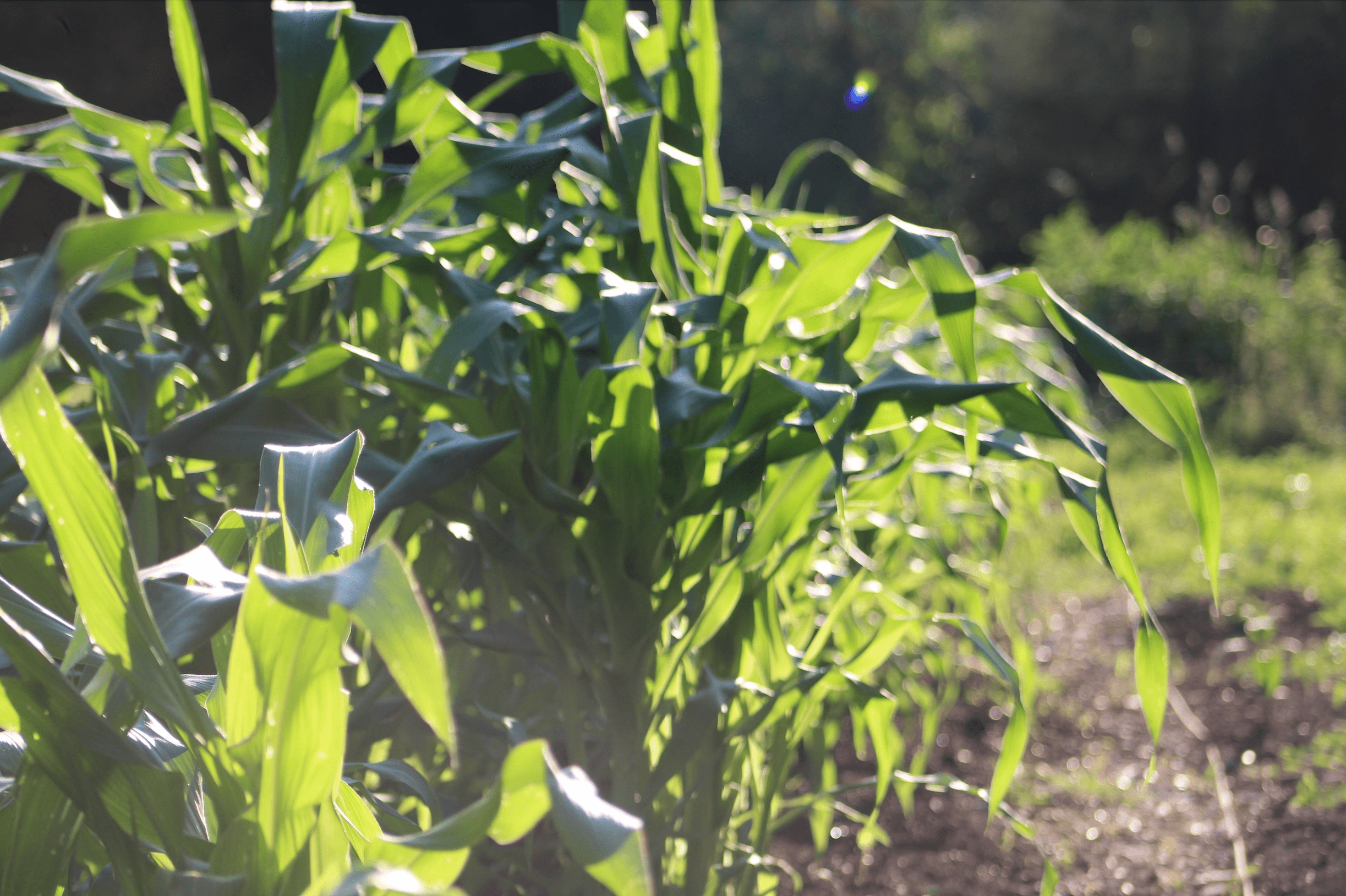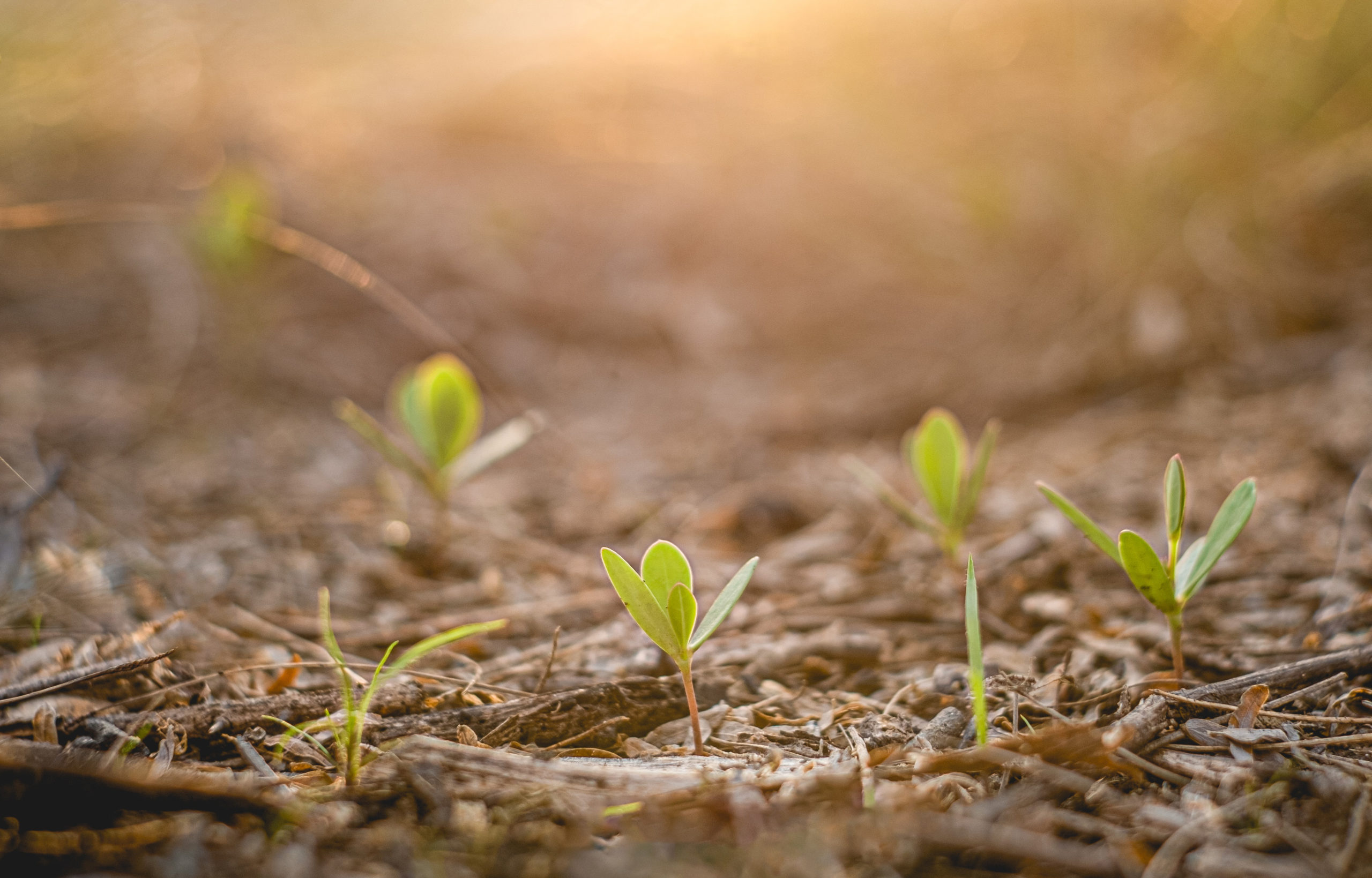By Roberto A. Ferdman from The Washington Post
“Today’s farms are fewer and bigger.”
That’s how the United States Department of Agriculture put it in the agency’s new Agriculture and Food Statistics report. It’s also, pretty clearly, what the chart above — which was included in the report (p. 6) — shows.
Peak farm, as it happens, happened almost 80 years ago in the United States. The number of farms in the country has fallen by some 4 million between then and now — from more than 6 million in 1935 to roughly 2 million in 2012. Meanwhile, the average farm size has more than doubled, and the amount of total land being farmed has, more or less, remained the same.
At first glance, it might seem like this is the simply a story of big, corporate farms. And in many ways it is — the big farms have only gotten bigger over the years. As of 2011 — as is true with much of the country’s wealth — the vast majority of America’s farm land was controlled by a small number of farms. The top 10 percent of farms in terms of size account for more than 70 percent of cropland in the United States; the top 2.2 percent alone takes up more than a third.
But there is something a bit more nuanced going on than the rise of big farms. While big farms are indeed gobbling up more and more land, small family farms aren’t exactly disappearing — most farms are, after all, still relatively small.
What’s actually happening is that while a number of farms continue to grow on one end of the spectrum, the rest are shrinking on the other, leaving fewer and fewer mid-sized farms. The USDA noted exactly that last year: the country is seeing “growing numbers of very small and very large farms and declining numbers of mid-sized farms.”





